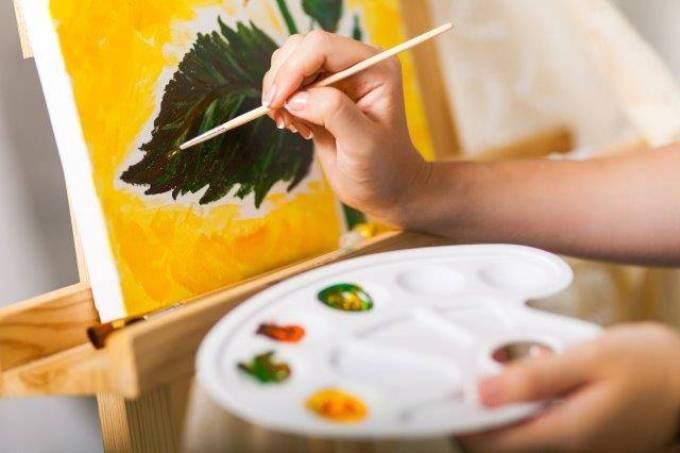May 24 2018
For years, art lovers have been enchanted with paintings by Pablo Picasso, Vincent van Gogh, and Johannes Vermeer. However, it was found that the canvases they were painted on can deteriorate eventually, possibly making these paintings their own worst enemy.
 Conserving canvases and precious works of art may now be easier to do with the aid of nanomaterials. (Image credit: Vlasov Volodymyr/Shutterstock.com)
Conserving canvases and precious works of art may now be easier to do with the aid of nanomaterials. (Image credit: Vlasov Volodymyr/Shutterstock.com)
Now, in an effort to reduce this aging process, a research team has reported in ACS Applied Nano Materials that multiple layers of reinforcement can be provided by nanomaterials.
Canvas is one the most significant parts of a painting and is typically made from cellulose-based fibers. The canvas ages over time, leading to tears, wrinkles, discoloration, and moisture retention which can considerably affect the artwork. In order to combat the aging process, painting conservators are now placing an adhesive layer and a lining on the rear side of a painting. However, this type of treatment is not only invasive but also hard to reverse.
Earlier, Romain Bordes and coworkers from Chalmers University of Technology, Sweden, performed a study to find out whether nanocellulose can be used as a new means to strengthen the surface of the painting canvases. The team, along with Krzysztof Kolman, also demonstrated that silica nanoparticles are capable of strengthening separate paper and cotton fibers. Next, the researchers wanted to integrate these two techniques to see if they could further reinforce the aging canvas.
The group integrated cellulose nanofibrils (CNF) with polyelectrolyte-treated silica nanoparticles (SNP) for a one-step treatment. To simulate aging, the researchers initially treated canvases with acid and oxidizing conditions and then applied the SNP-CNF mixture to them. They observed that the SNP penetrated and strengthened the canvas’ individual fibers, making it stiffer when compared to untreated materials. The CNF not only strengthened the canvas’ surface but also increased its flexibility. The researchers noted that this kind of treatment could provide a good alternative to traditional techniques.
The European Union’s Horizon 2020 research and innovation program under the NanoRestArt project funded the study.